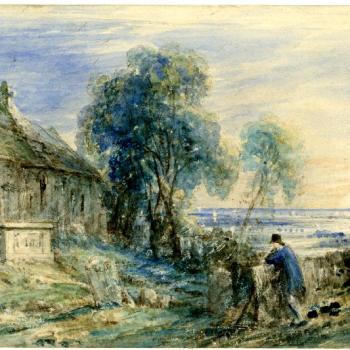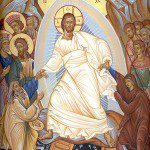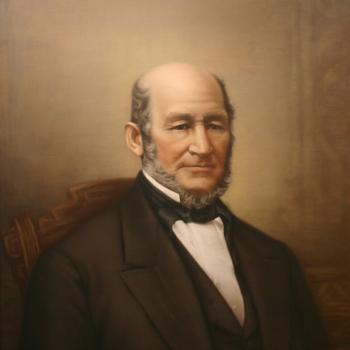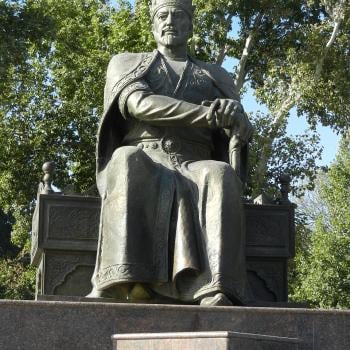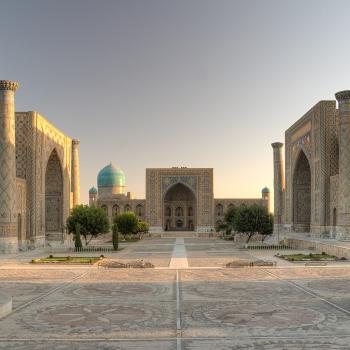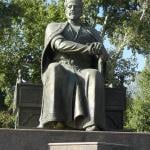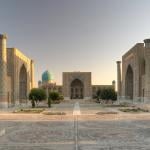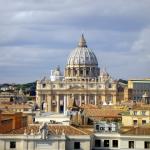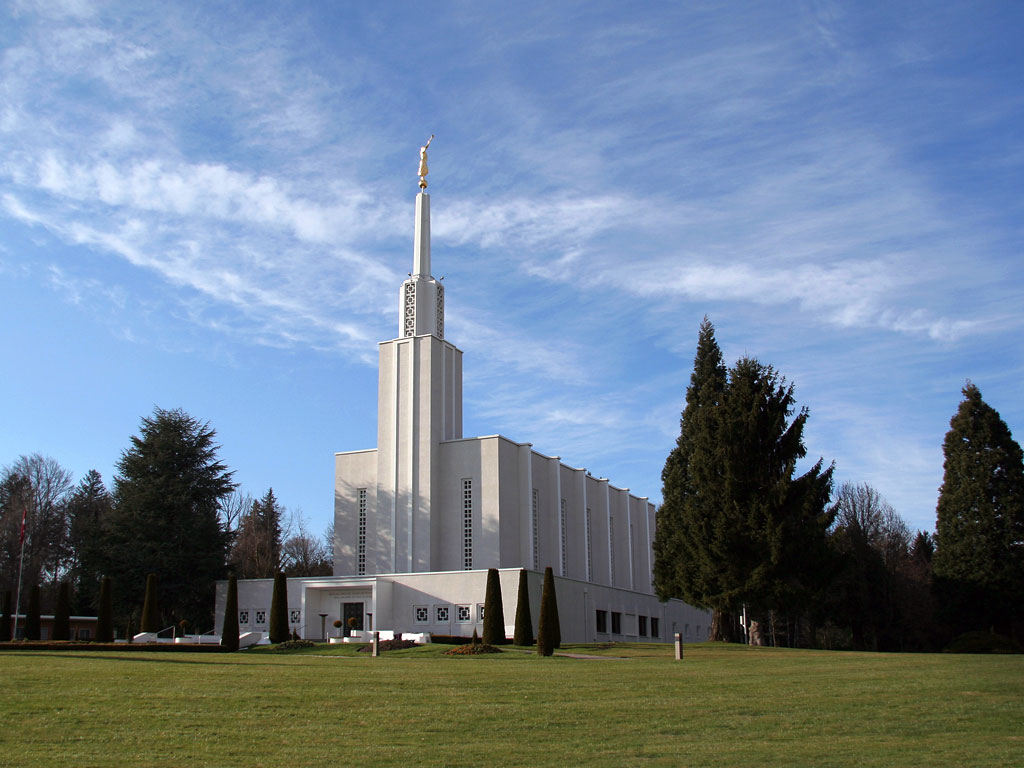
(LDS Media Library)
One of my regrets about our visits to Switzerland this summer has been that, for varied reasons, we’ve been unable to attend a session in Switzerland’s temple, which is roughly sixty to ninety minutes’ drive from where we’ve stayed in Grindelwald.
The importance of the Bern Switzerland Temple isn’t limited to the fact that it was the first temple in Europe, nor even that it was the first to be built away from any center of concentrated Mormon population (in Utah, Arizona, Idaho, Hawaii, and Alberta) –although it’s related to the latter.
The membership of the Church in Europe had grown considerably by the mid-1950s, and it was no longer feasible to expect all members to “gather” to the New World. But, without a temple — i.e., without the higher ordinances of the Gospel — the European Saints were effectively relegated to second-class status and, more importantly, they could not be sealed as couples and as families, which is the culminating ordinance offered by the Church.
The trouble was that, although their numbers were relatively substantial, they were spread across the continent — and running a temple requires a considerable staff. Moreover, the staff for a traditional temple in Europe would need to be even bigger than normal, because it would be obliged to perform the ordinances, as needed, in German, English, French, Dutch, Danish, Norwegian, Finnish, Swedish, Portuguese, Spanish, Italian, Flemish, and so forth.
The revolutionary breakthrough in Switzerland, in which a still fairly young Gordon B. Hinckley would be centrally involved, was to use audio-visual technology to greatly multiply the ability of a small temple staff to serve a much larger and more varied group of temple patrons.
The comparatively small and simple temple dedicated in Zollikofen in 1955 paved the way for the architecturally similar temples in New Zealand and south of London and, ultimately, for the even smaller temples authorized by a revelation given to by-then President Gordon B. Hinckley in northern Mexico. This has made it possible to bring temples to the people in an unprecedented way.
Incidentally, as might have been expected, the construction of a temple in Switzerland provoked some rather fierce opposition. For instance, early rumors circulated that the Mormons were considering a site in or near Lucerne (German Luzern), a beautiful city on the borders of the territory called schwarz katholisch (“black Catholic”) even during my days as a missionary in 1972-1974. (Protestant businesses were sometimes still driven out of the area at that time.) One newspaper published an article entitled, roughly, “Do you want this here?” accompanied by an illustration showing the Salt Lake Temple, expanded to several times its actual size, superimposed on a photo of the town. Heck, this supposed Swiss Temple was tall enough that it probably would have impacted weather patterns.
Of course nobody would want such a monstrosity in his or her neighborhood.
And I’m told, though I haven’t confirmed the account, that, when the Church finally settled on a plot of land in Zollikofen, a suburb of the federal capital of Bern, the local authorities rezoned an adjacent undeveloped area for an auto-wrecking yard. This obliged the Church to buy that property, as well, in order to prevent such a noisy and aesthetically clashing operation from being established immediately adjacent to its temple. If the story is true, though, it has all worked out for the best. Still today, there’s a beautiful wood behind the Swiss Temple, rather reminiscent of Palmyra’s Sacred Grove. It’s a marvelous place to walk and to meditate before and after worshiping in the Temple.
Posted from Grindelwald, Switzerland



